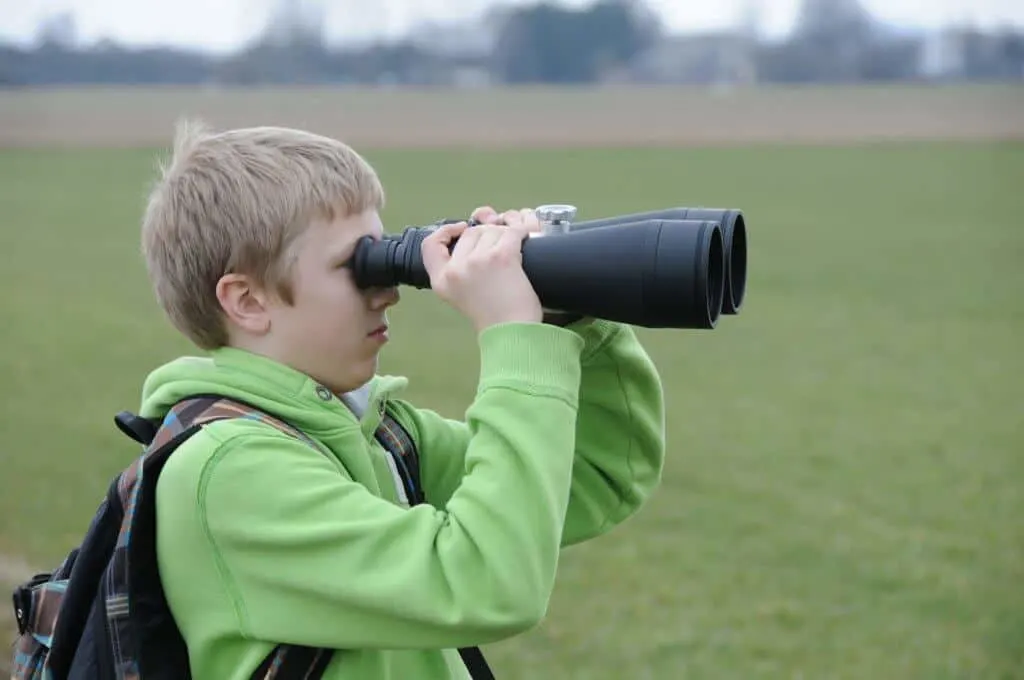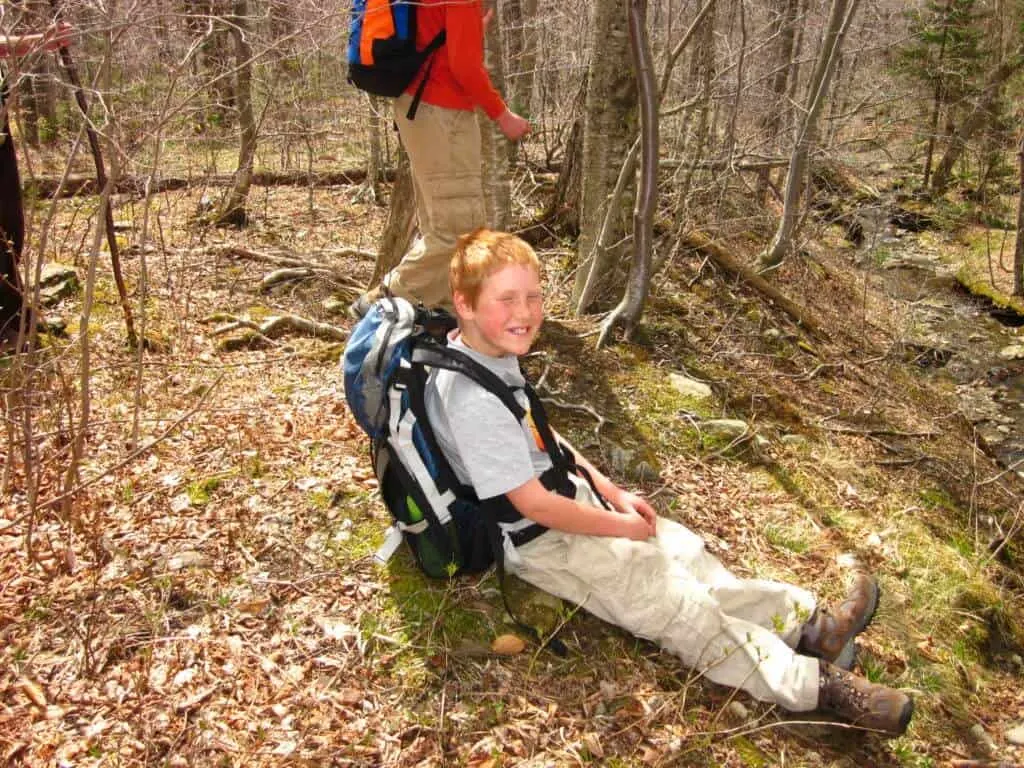I never paid much notice to the birds until I had kids.
With the exception of the brightly-colored cardinals and blue jays, they all looked alike, and I didn’t see any reason to worry about who was who.
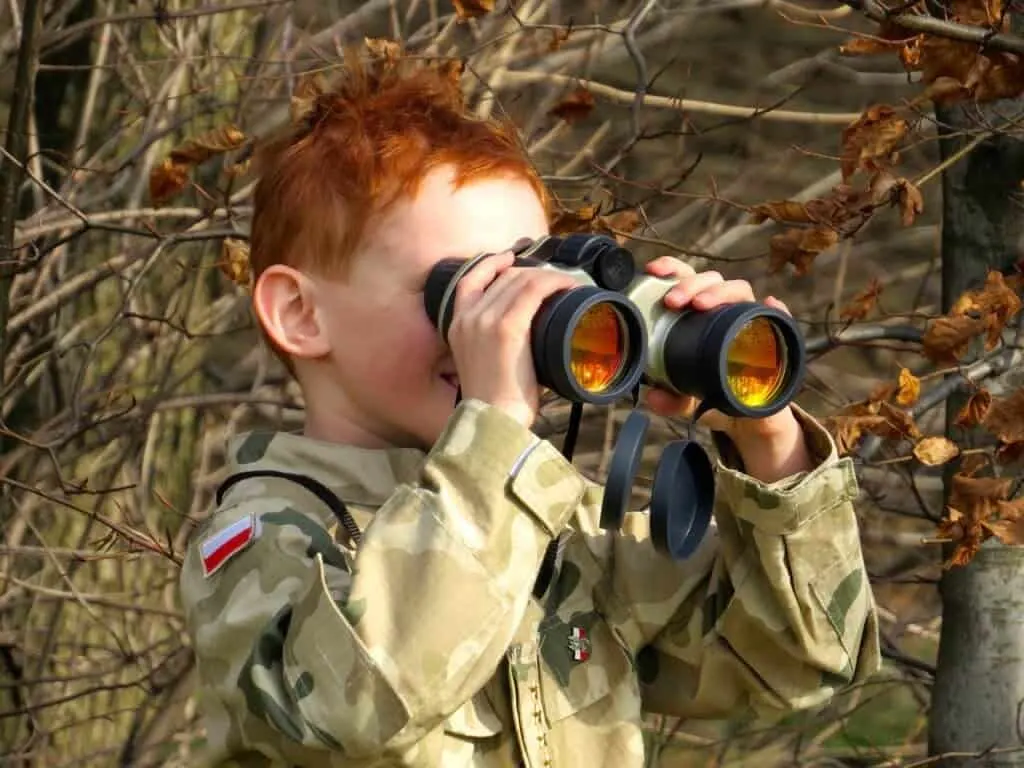
When the “but why?” period started with my toddlers, they amazed me with their attention to detail, and because birds are less elusive than most wild animals, it was only natural that my kids would take notice.
It started simply enough —
“Mom, those birds look exactly alike, except they’re different colors.”
“The birds sing loudest before the sun comes up.”
“That bird doesn’t like birdseed, only bugs, and worms.”
“Where do the birds go in the winter?”
“Where do birds sleep at night?”
Listening to my children, I couldn’t believe I had never noticed these things before. Or maybe I had noticed once upon a time, but my journey to adulthood had buried the knowledge and muted my curiosity.
My kids and I dove deep into the world of birds, and while our pursuit of knowledge has ebbed and flowed over the years, watching, listening to, and learning about our feathered friends has always been part of our outdoor adventures.
Studying birds is a great way to learn about wildlife and ecology.
Birds are everywhere, making them totally accessible no matter where you live. Your kids can watch birds from your apartment window, the backseat of your car, or while hiking deep into the forest. Birding is one of the best ways to get outside, in all types of weather.
Here are some great ways to get started bird watching with kids.
The Basics of Bird Watching for Kids: Getting Started
The great thing about bird watching for kids is that you can take it super slow or dive in with both feet!
The most important thing is to get outside and observe what you see and hear. The more you pay attention to the birds, the more you’ll notice them.
If you have space in your yard or on your balcony, I recommend hanging a simple birdfeeder and filling it with commercial bird seed.
Once the birds realize you’re open for business, they’ll flock to your feeder, and give you ample opportunities for observation and identification.
Basic Supplies for Birding with Kids
Besides your eyes, ears, and sense of wonder, the following supplies will help you get started exploring the exciting world of birds with your kids.
Binoculars – Binoculars aren’t 100% necessary, but they really help when you’re watching from a distance or trying to get a closer view for identification. I’m afraid I don’t have any professional recommendations for choosing a good pair.
We asked an experienced friend who suggested these standard-issue binoculars from Nocs Provisions. These colorful binoculars are extremely rugged and waterproof, plus they come with a lifetime warranty. Do not waste your money buying binoculars that are meant for kids. These are toys and will only frustrate anyone who looks through them.
A Field Guide – Once you’ve been bitten by the birding bug, you and your children will find yourselves looking up and identifying every bird you see. It seems that every bird watcher has their own go-to book for bird identification. We have two at home. My favorite is the National Geographic Field Guide to the Birds of North America. My kids prefer The Sibley Field Guide to Birds of Eastern North America.
A Field Journal and Colored Pencils – While not strictly necessary, a nature journal is a great way to encourage kids to record what they find in the field. They can use it to take notes about the weather and habitat they are exploring, draw pictures, or press leaves and feathers for study at home.
Any small notebook without lines should do the job. Our family is partial to Moleskine notebooks, which are really durable in the field.
Snacks and Water – This is a must for young explorers. Adventuring is hard work and the last thing you want is a cranky child wishing he was back home in front of a movie. Granola bars, apples, and trail mix all taste great out in the field. Here are some ideas for homemade healthy snacks for hiking.
Bird Watching for Kids at Home

Start by setting up a bird-feeding station at home.
Feeder birds will be easier to identify than birds flying through the forest. For the most part, you will be looking at songbirds, not gulls, ducks, wading birds, or birds of prey. In most regions, you will see a handful of species, and identification will be much easier.
Ask your kids to sketch the birds they see in their field journals and try and identify them with your field guides. This may seem difficult at first, but the more you pay attention, the more you and your kids will notice. Before long, you will be able to identify a handful of birds that frequent your feeder.
Depending on where you live, you will see various finches and sparrows, plus chickadees, starlings, cardinals, and bluejays.
For more about the birds that frequent suburban, urban, and residential neighborhoods, I recommend two bird books — The Backyard Bird-Lover’s Guide: Attracting, Nesting, Feeding by Jan Mahnken and Private Lives of Garden Birds by Calvin Simonds. This book digs a little deeper into the lives of our most intimate wild friends, with helpful tips for attracting birds to your yard and garden.
Tips for Backyard Birding with Kids

Keep your cats inside – According to American Bird Conservancy, domestic cats in the United States kill more than 2.4 billion birds each year. If you are going to attract birds to your yard with feeders, please keep your cats inside.
Create a bird-friendly habitat – Bird feeders are a great way to attract birds to your yard. You can also plant shrubs and trees to provide food and nesting sites and provide a source of water (a birdbath, pond, or fountain) for your visitors. You can even turn your yard or garden into a certified wildlife habitat with the National Wildlife Federation.
Play backyard bird bingo – Once your kids can identify the birds that frequent your feeders, you can create a bird bingo game to play over breakfast. Print out pictures of the birds you are most likely to see in your yard, and glue them to a bingo card divided into nine or 16 squares. Whenever your kids spot a bird, they can put a penny on the square with the matching photo.
Build a birdhouse – A birdhouse is a great way to attract nesting birds to your yard. If you’re lucky, you’ll get to watch bird parents hatch eggs and raise their young. Bluebirds, wrens, chickadees, and titmice will often build nests inside birdhouses. Here’s an easy birdhouse tutorial that kids can build with adult supervision.
Join the Great Backyard Bird Count – Participating in a citizen science project is such a great way to put what you’ve been learning to good use. Spend a week in February counting birds in your backyard, and submit your findings via eBird. More than 160,000 people around the world take part in the Great Backyard Bird Count each year.
Bird Watching in the Field

Now that you’ve got some experience under your belt, it’s time to take your show on the road (or into the field).
Grab your bird-watching gear and hit the trail. You can find all kinds of bird habitats in your community — meadows, parks, wetlands, forests, lakes, and rivers. Birds are everywhere!
You will have the best luck seeing and hearing birds early in the morning or just after sunset. Boundaries between two habitats produce what is known as the edge effect — attracting species from different ecosystems for greater biodiversity.
For an interesting mix of birds, look for places where two habitats come together. Remember to give birds plenty of space, especially during nesting season.
Birding By Ear
Out in the field, you may hear birds before you see them. In fact, you may hear them and never see them at all. As with bird identification by sight, birding by ear takes time. When you hear a bird song, pay close attention.
What does it sound like? A whining dog, squeaky door, meowing cat (catbird!)?
If you can relate the sound to something you are familiar with, it will be easier to remember. When birding by ear with kids, it helps to start with bird songs that they already know. Most kids have heard a duck quacking or the “caw” of a crow. What about the “coo, coo” of a mourning dove?
There’s an app for that
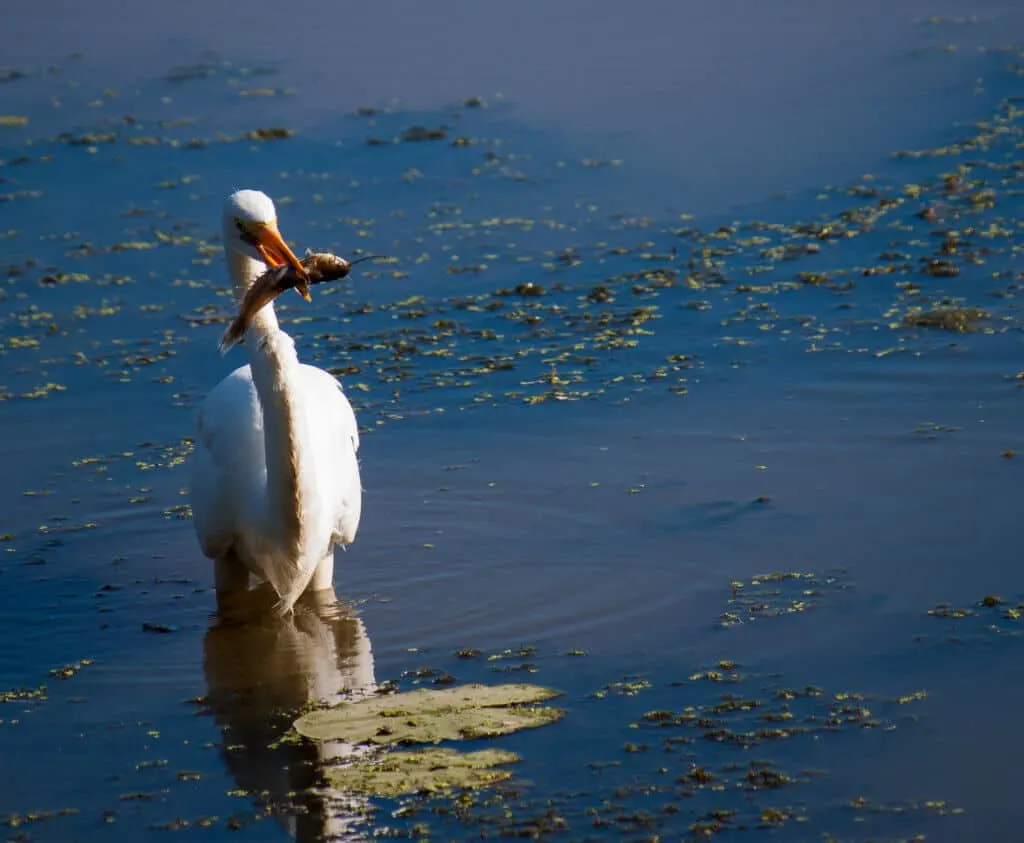
Of course, there is! In fact, there are so many bird identification apps, that it can be hard to know which one to choose. My kids love Bird Song ID USA because it makes learning bird songs into a game, and I’m partial to iBird Pro. You can read the Cornell Lab of Ornithology’s review of bird ID apps and decide which one is best for your family.
Study Bird Silhouettes
Flying birds are practically impossible for the beginning bird watcher to identify. Instead of trying to zoom in on the details, focus on the overall shape of the bird’s body, tail, wings, beak, and legs. Is the body short or long? How big is it? What is the shape of the beak? Is the tail rounded, pointed, or forked? What about the wings? How long are the legs?
Join a Bird Watching Group
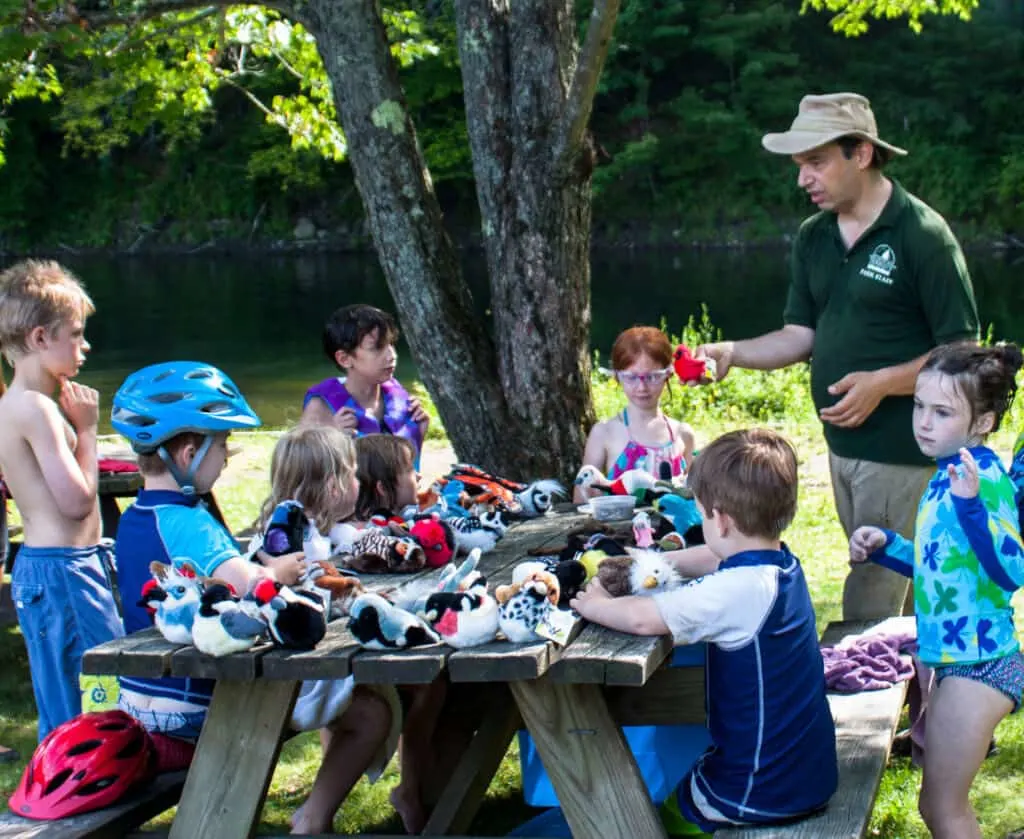
Sometimes it’s more fun to look for birds with friends. If your kiddos seem really interested in birds, it might be fun to join a few guided bird walks with your local chapter of the National Audubon Society or the American Birding Association.
The most important tip for the budding bird watcher is to have fun! Serious bird watching can be tedious for youngsters.
Pack your binoculars and field guide before heading out, but be prepared for the interest to ebb and flow. As your kids’ knowledge of birds expands, so will their curiosity.
Follow us on social media for more tips for getting outside with kids!
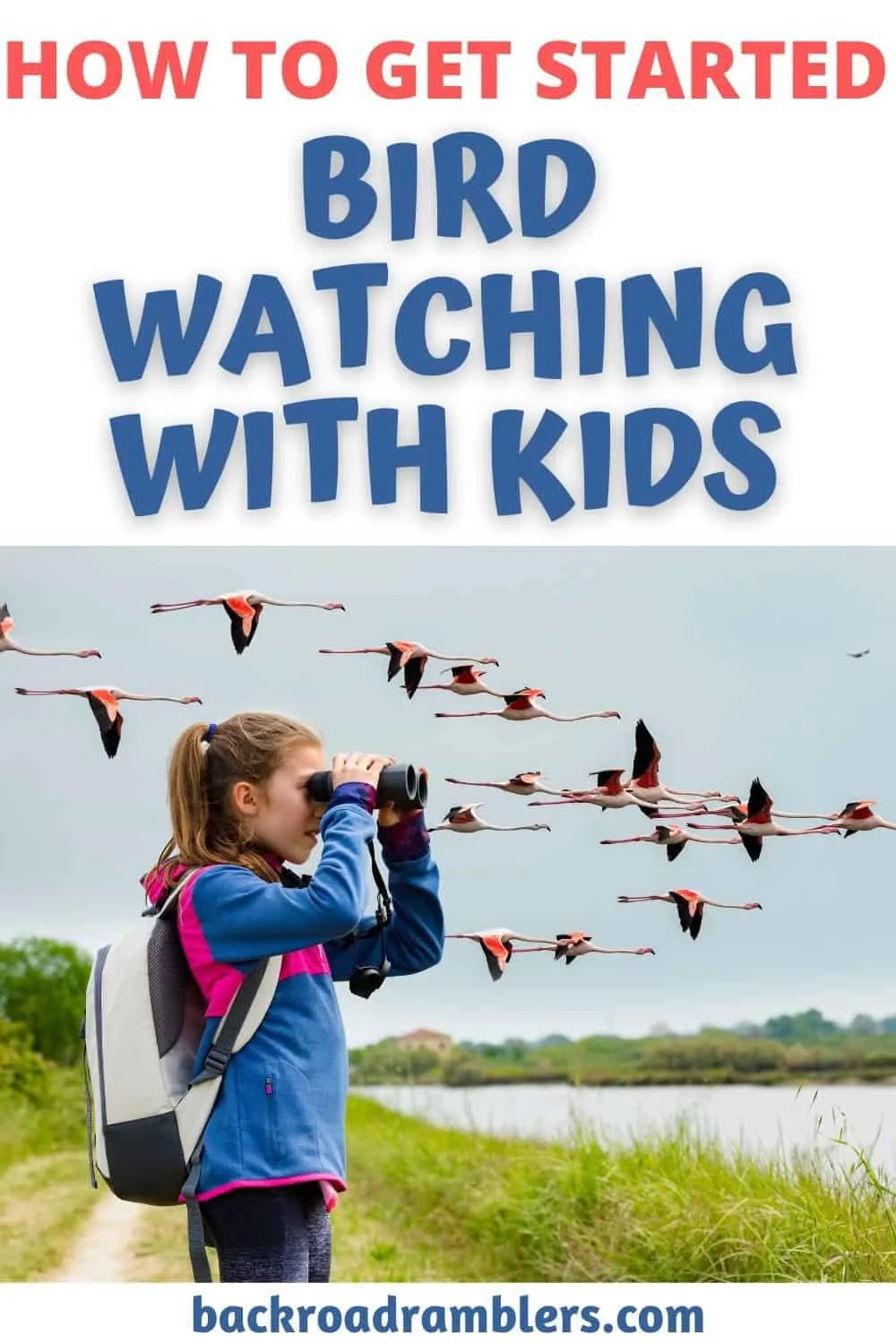

Tara is a freelance writer and travel blogger with a passion for outdoor adventures. She is the co-author of AMC’s Best Day Hikes in Vermont and currently blogs at Back Road Ramblers and Vermont Explored, where she shares travel tips, adventure destinations, and vacation ideas for the wanderer in everyone.

